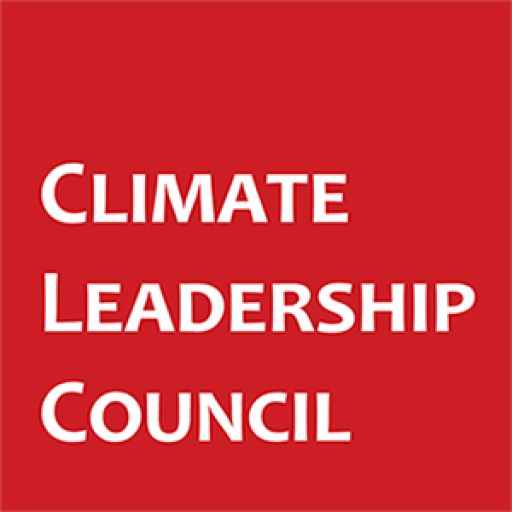The 2024 presidential cycle has finally given us a vision for an effective climate strategy that elevates American workers. You just have to combine what the two campaigns are saying.
Sen. JD Vance (R-Ohio) argued at the vice presidential debate and again this week that if the objective is to lower global emissions, our policies should “invest in American workers” to drive more manufacturing to the U.S., where we operate with fewer emissions than most. He’s right.
His counterpart, Minnesota Gov. Tim Walz (D), has argued that we need to be focused on “becoming an energy superpower for the future,” which will create hundreds of thousands of clean energy jobs and lower emissions. He’s also right.
Count me in for the Vance-Walz plan.
To date, our country has lacked a coordinated approach for lowering global emissions and meaningfully competing for the $215 trillion global decarbonization market. While we’re meandering, China is dominating clean energy markets at the cost of the American economy, our security and our workers. Why? In part because while we’re distracted by whether climate action is “woke” or “weird science,” China is singularly focused on winning in every international market that’s demanding these technologies — which is every international market.
Of course, this singular focus has included forced labor, price manipulation, intellectual property theft and other anti-competitive actions to gain an advantage. Our lack of a national response has left the U.S. sitting on its hands, watching China act in bad faith to capture market share.
Both parties are to blame.
Republicans continue to be held hostage by a chattering class that tells them even uttering the “C word” (climate) will get you labeled a RINO or worse. Too bad if your policies would make battery, solar and low carbon fuels manufacturers in America more competitive — climate is for liberals.
Democrats have similarly been held hostage by a left flank that tells them it’s not good enough for climate policy to lower greenhouse gas emissions, it must also solve every other social problem. The net result is two political parties united in watching global emissions rise and ceding competition to China.
A more effective game plan for winning in the next era of climate policy would start by recognizing that Republicans and Democrats are never going to agree on the severity of the issue. But they might coalesce around approaches that advance American competitiveness, economic growth, resource security and geopolitical influence. Doing so will find resonance with most Americans and significantly reduce global emissions.
The VP candidates have hinted at these themes with their focus on leveraging American manufacturing. Our industries are not competing on a level playing field, and it’s costing our economy and the planet. For example, as American steel manufacturers have invested to achieve the highest environmental performance globally, they are undercut by artificially low-priced products from non-market economies that emit twice as much, or more, greenhouse gasses. We need to deploy the power of the U.S. economy to hold emitters accountable. The best way to do this would be to establish a market signal that penalizes high-emission practices and rewards low ones.
We also need to more aggressively advance policies that promote U.S.-made exports. The global market for clean energy technologies is projected to generate trillions of dollars through mid-century, yet the U.S. currently holds only 6 percent of exports in this sector. It is imperative that whichever administration lands in office doubles down on our strategies to right-size this imbalance.
This will require strategic engagement, investments and partnerships in emerging markets to support low carbon development. China’s Belt and Road Initiative is investing massively in the developing world. In the process, the Chinese government is gaining greater global influence and access to critical minerals and other strategic resources that will be the lifeblood of the world economy in the decades ahead.
Meanwhile, the U.S. remains heavily reliant on imports of critical minerals like graphite and cobalt. We need to ramp up domestic production and invest in foreign markets to diversify our supply chains for materials that are essential to clean energy technologies. This will ensure that we have reliable access to the most important resources of the future, demand for which is set to double by 2030, and that we strengthen ties internationally at a time when global hostility is on the rise.
Developing countries will benefit from having an international partner with a greater respect for human rights, worker safety, rule of law, free markets and environmental stewardship.
We’re wasting time in Washington. Global emissions continue to rise, and the U.S. is missing out on a $215 trillion decarbonization market. It’s time for leaders in both parties to recognize that tackling climate will promote our other national priorities, and that leaning into our national interests will be good for the climate.
Greg Bertelsen is CEO of the Climate Leadership Council.

